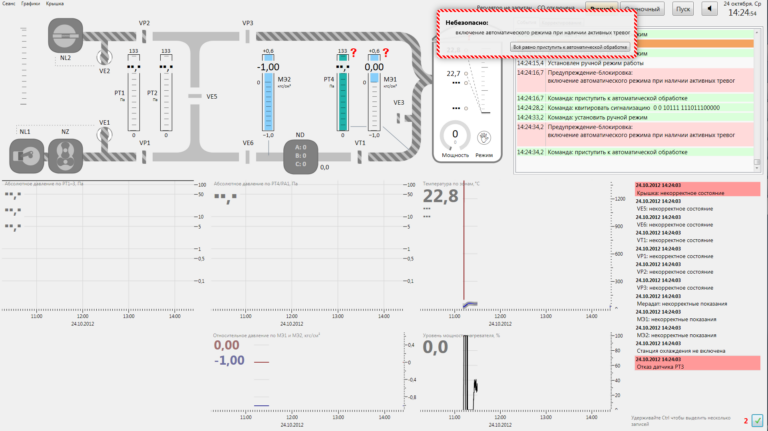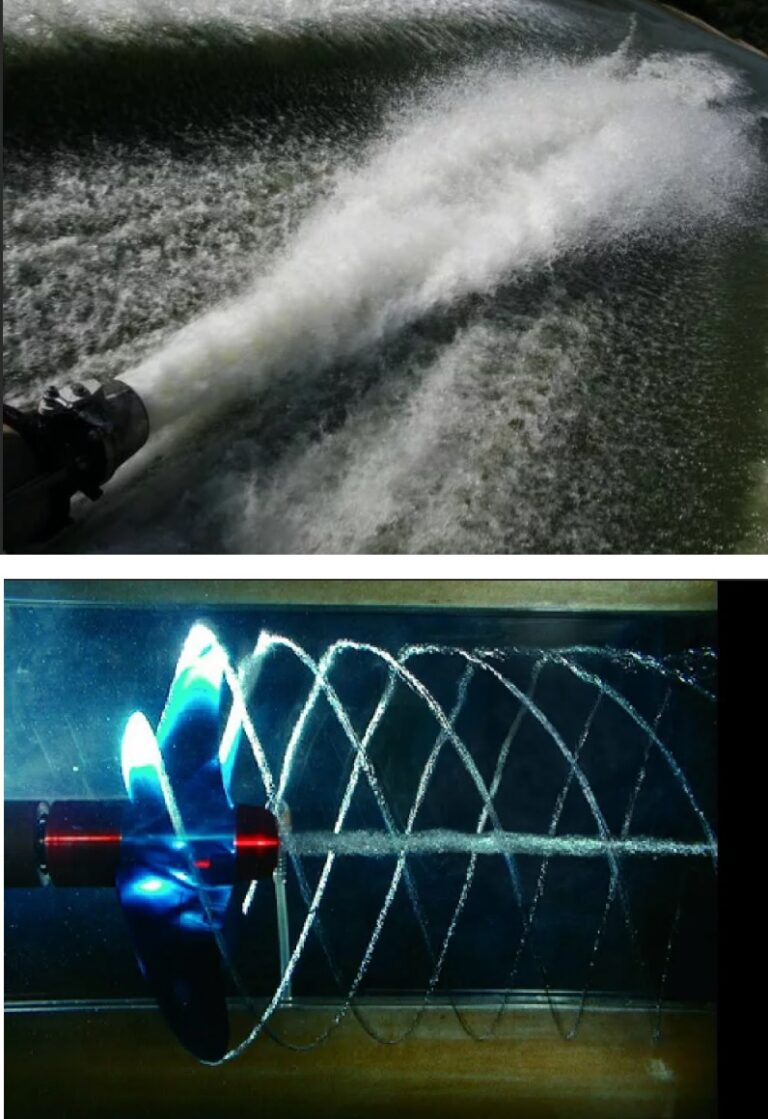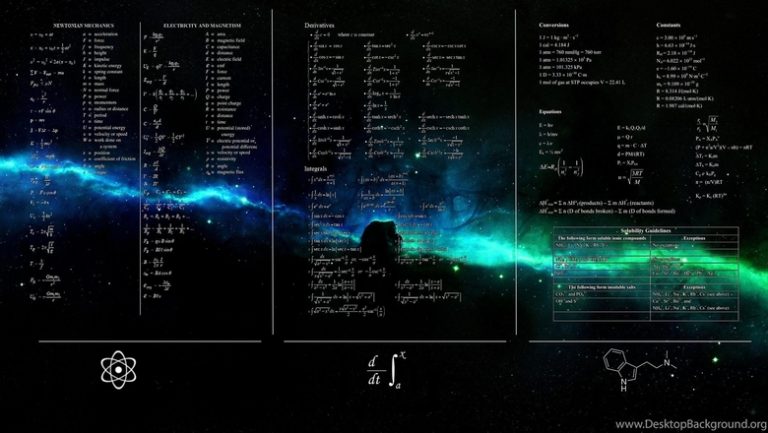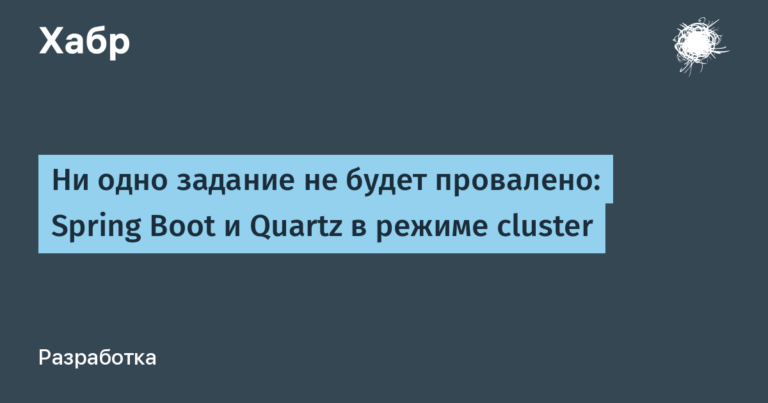Miniaturizing Quantum Key Distribution Systems Using Photonic Integrated Circuits, Part 2: Application Scenarios
Author – Vladimir Egorov
Head of Scientific Research Department, SMARTS-Quanttelecom LLC
In the first part of the article, we discussed the potential of using photonic integrated circuits (PICs) to miniaturize quantum key distribution (QKD) systems from the point of view of optical materials. Before moving on to the question of specific implementations, it is worth dwelling on some scenarios for the use of this technology in the quantum Internet that experts are currently considering.
At the end of 2023, Rosstandart approved the first four preliminary national standards in the field of quantum communications, including “Quantum communications. Terms and Definitions” and “Quantum Internet of Things. Terms and Definitions”. According to them:
The Quantum Internet is a global information quantum network, in the nodes of which quantum information is formed, processed and stored, and the nodes of which are connected by quantum channels.
“Quantum Internet of Things – Internet of Things using quantum technologies”.
In the future, the Quantum Internet is considered as a global network that unites distributed quantum computers, sensors and provides secure communication between subscribers using QKD. At the current, first, stage of development, its function is to ensure the protection of communication channels between subscribers (for example, control channels for unmanned objects) using symmetric encryption keys generated and distributed by quantum methods.
To do this, each node will need to place modules of the QKD system and ensure their communication via a quantum channel. Given that many quantum IoT nodes will be mobile objects, this channel should not be fiber optic, but airborne (or hybrid).
Since miniaturization of QKD for placement on mobile objects (especially flying) is not an easy task, we can consider an intermediate stage in the evolution of the quantum Internet of things, based on the use of quantum-protected keys – secret keys, the protection of which during transmission or storage is carried out using a quantum key (keys).
In this scenario, quantum keys directly generated by QKD systems are formed only between stationary network nodes connected by quantum channels. After this, the received keys are placed in protected cryptocontainers (also formed using “service” quantum keys) and transmitted to subscribers via regular communication channels.
In this case, quantum protection during key distribution is not achieved, but other advantages remain, such as automation of key generation and delivery, more frequent updates and high quality (if quantum generators of truly random numbers are used in QKD). This scenario is discussed in more detail in the preliminary national standards “Quantum communications. General provisions” and “Quantum Internet of things. General provisions.” Several promising scenarios are presented in Figure 1.

Option 1: the mobile node exchanges quantum keys with the stationary workstation, which are then used for secure data exchange between them. As an example, we can consider a human-wearable “QKD System in your pocket” and a quantum-protected ATM. Another example is an experiment that was carried out in 2017 in Canada: in it, scientists carried out a QKD session between a flying aircraft and a ground station [1].
Option 2: The mobile workstation exchanges quantum keys with several flying mobile nodes. Similar to option 1, the keys are used for secure data exchange with a quasi-stationary (mobile, but in a stopped state) workstation. Example: an unmanned truck acts as a mobile control center for a swarm of flying drones carrying out aerial reconnaissance. The drones periodically return to the truck to recharge and update keys. Scientific groups in China and the USA have already demonstrated the first experiments with the exchange of quantum keys between a flying drone and an operator station over distances of up to 200 meters [2].
Option 3: a flying mobile node exchanges quantum keys with several quasi-stationary nodes, delivering to them a quantum master key common to the entire network. After this, all nodes exchange data encrypted with the master key. Thus, the drone is used as a trusted communication node when exchanging quantum keys between multiple mobile stations. Example: a drone flies up to an unmanned truck, exchanges quantum key K1 with it, then moves to a second unmanned truck and exchanges quantum key K2 with it. Having encrypted the K1 key stored in the drone’s memory using the K2 session key, the drone transmits it to the truck. As a result, both trucks will be able to organize secure data exchange using K1, as if they were connected by a quantum channel.
Option 4: similar to option 3, but using stationary nodes. Example: an unmanned truck communicates with networked smart road elements. Quantum keys can be used to protect the control channel and when maintaining a video communication session from cameras installed on the truck [3]. Another example would be the exchange of quantum keys and the information encrypted by them using a satellite. This capability was demonstrated by China: the world's first quantum communications satellite, Micius, connected observatories in Vienna and Beijing [4].
Option 5: mobile subscribers exchange quantum keys and then data along the chain. Example: data exchange between unmanned road trains following each other in a convoy.
All of the above examples are united by the fact that their implementation requires a single set of technologies: telescopic systems for transmitting quantum signals over the air, new security architectures for Internet of Things networks based on symmetric keys (asymmetric schemes are now used in IoT), and most importantly, the miniaturization of QKD systems. especially for placement on flying objects. Next time we will talk about what such miniature QKD systems might look like.
Sources:
https://arxiv.org/abs/1612.06396




